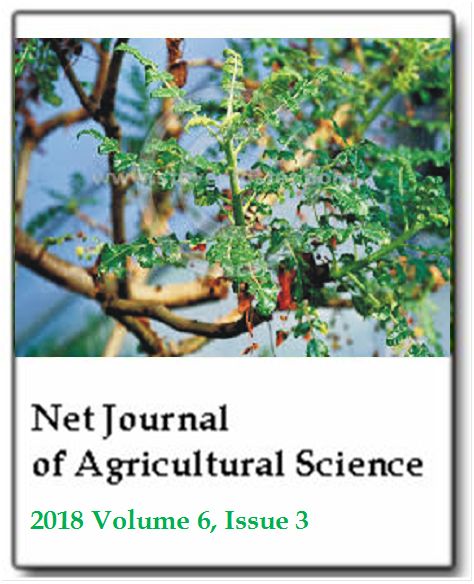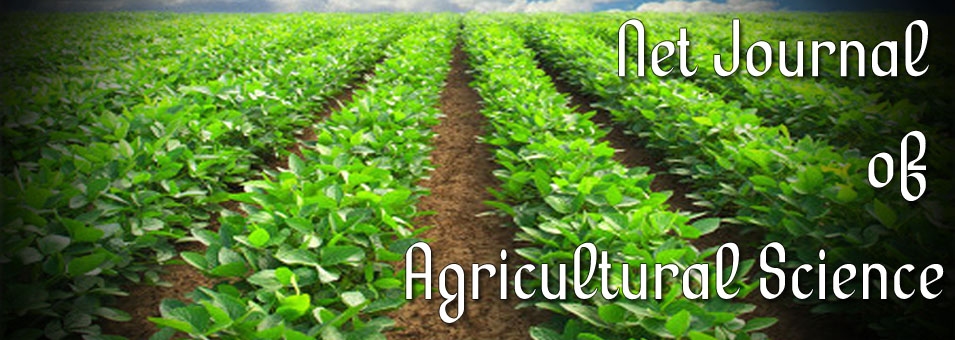Increasing Boswellia sacra seeds’ germination viability and genetic variability utilizing various methods
Benjamin T. Swartout and Elaine SoloweyNet Journal of Agricultural Science
Published: July 11 2018
Volume 6, Issue 3
Pages 29-34
DOl: https://doi.org/10.30918/NJAS.63.18.017
Abstract
The medicinally and historically significant plant species Boswellia sacra, shown to be effective in addressing numerous illnesses and stabilizing desertification in arid areas, has been noted for having an extremely low germination rate. The low rate of genetic variation among wild stands, which is leading to a possible genetic bottleneck, is exacerbated by the common practice of vegetative propagation through tree cuttings in cultivated stands, which produces clones. Stimulation of seeds to germinate under various conditions at Kibbutz Ketura, Israel was attempted in order to increase genetic variability. Seeds were collected from three source locations and screened via sink tests to identify viable seeds as those that were heavy enough to sink in water. The greatest amount of viable seeds came from a tree in Kibbutz Naot Smadar, which was 400 m above sea level and had a higher germination rate (by a factor of four) than those from trees at elevations much closer to sea level. This conspicuous correlation is discussed as a reason for future research to further understand causes and ways of addressing the extraordinarily low regeneration rate of both wild and cultivated stands.
Keywords: Germination, Boswellia sacra, vegetative propagation, bottleneck.
Full Text PDF
ISSN: 2315-9766
